It’s important! However, you’re probably also thinking about the ‘lifetime’ costs associated with a procedure chair and what you need to expect as the years pass on, after all who doesn't like to be prepared.
As you’ll see the answer to that question largely depends on the type of procedure chair you choose and its working environment.
What are the common costs involved with procedure chairs?
After the initial purchase price and delivery costs, there will normally be ongoing maintenance requirements, including preventative servicing, adjustments and the replacement of some common wear parts.
Once delivered and ‘in-serviced’, many manufacturers may offer an ‘introductory’ period of anywhere from 3 up to 12 months or more, that covers after early usage some initial finetuning or no costs to replace or repair any accidental breakages. Regular preventative maintenance requirements should start based on the manufacturer's recommendations, which is typically annual. As a procedure chair is designed to be robust and hard wearing, preventative maintenance is usually straightforward with basic visual checks, light lubrication or simple adjustments that can be performed by internal service personnel within the facility. The average time for a preventative maintenance check may only be 15 to 30 minutes. It could be argued that procedure chairs do not require this level of attention, however due to the type of use they can endure daily, it can help to reduce long term costs and the risk of injury or harm to find potential problems early - be it premature wear, changes in functionality or damage from accidental misuse.
The equipment downtime from unexpected breakdown interruption or staff injury could well outweigh the costs of regular maintenance and product ‘health checks’.
How much does servicing cost?
The costs of third party contractors or service personnel will vary for preventative maintenance, which can be approx. $75 - $150 per unit. The factors that can affect or vary a service person's cost include events such as the number of units to be inspected at a single visit, the distances or time traveled to site and the practical challenges of isolating out any units in operation to inspect. If there are any critical breakages or failures to repair, or parts to replace, this is normally managed via a contractual agreement, on-site authorization or approval or an arranged re-visit.
How much do spare parts cost?
The ongoing amount of wear and tear and parts to repair or replace is completely proportionate to the level of use the product is given. For example, a procedure chair placed into a small medical clinic or examination room may function for 10 years without a single service, part replaced or breakage. This can be contrasted with a large hospital department, demanding significant numbers of patient throughput and large transfer distances every day. The types of parts that may wear or suffer damage under heavy use are castors, electronic handsets, cables, batteries, actuators, gas struts and mattress cushions.
Considering the average use in medium sized facilities, you may expect to replace a set of four castors, electric lifters, struts, battery, handset and mattress every 3 - 5 years.
The typical costs of these items are;
- A set of castors, $300 - $500
- Pair of electric lifters, $1200
- Battery, $200
- Handset, $150
- Mattress, $600 - $900
So, to look at a cost scenario of standard procedure chair usage, calculating an externally assisted annual servicing cost along with typical wear parts, the total 10 year lifetime cost of a procedure chair could be up to $6000. The cost obviously could stray significantly either side of this amount based on the facilities internal resources available, type of product usage and final cost of parts. Part pricing and timing can vary a lot depending on if they are readily available locally or must be shipped internationally via prevailing exchange rates.
If a very low cost of lifetime is claimed by any manufacturer, then due to the very nature of a procedure chair, it may be good to consider the initial purchase price (are extra hidden costs built in?), the price of parts (are they understated?), the frequency of servicing (is it enough to be safe?) and the frequency of common parts wear (is this realistic?). The ultimate goal for all manufacturers would be to have the lowest cost for lifetime, which can be easily showcased for any product in less than average circumstances. It is the above average scenarios that must be considered, which may be easily hidden over time within large facility budgets.





-160x160-state_article-rel-cat.png)





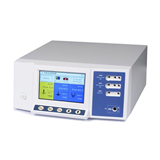

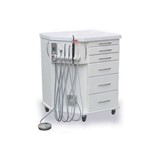





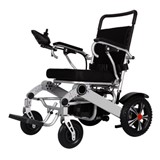

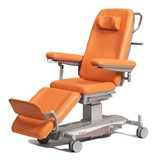
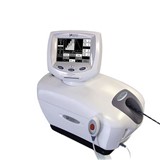

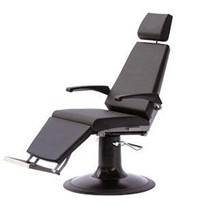


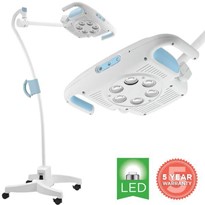

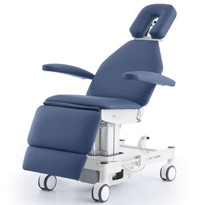

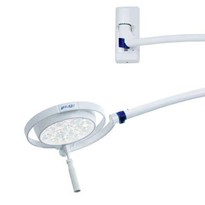
-205x205.jpg)

(13)-205x205.jpg)